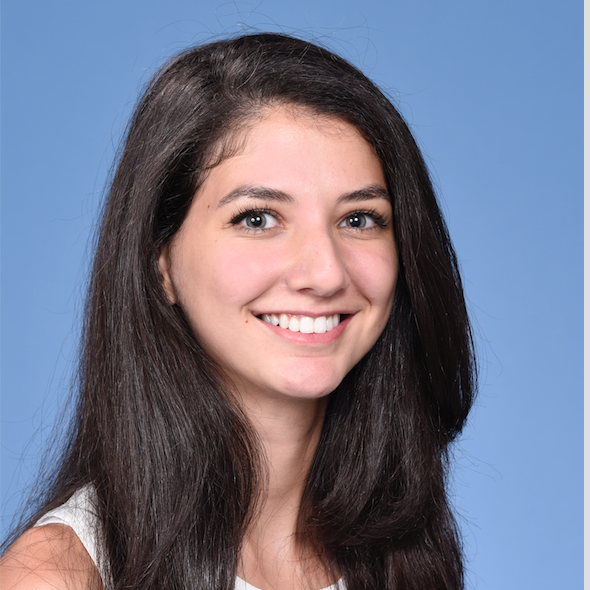

Residents will be exposed to all aspects of the management of animal care and use programs in these rotations. First year residents will rotate through all sections of the animal care and use program and develop familiarity with laws, regulations, and IACUC function and practice as well as with all species used and housed at the College. The BCM Postdoctoral Training Program in Laboratory Animal Medicine and Science is a three year training program designed to produce functional laboratory animal veterinarians who are board eligible with the American College of Laboratory Animal Medicine (ACLAM). BCM has approximately 360 principal investigators and more than 600 approved animal use protocols. Eight animal care and use facilities fall under the BCM umbrella, including the Michael DeBakey VA, Texas Children's Hospital, and a USDA children's nutrition research facility.

Give an overview of this program, describing its particular strengths and any unique aspects that are not addressed in any of the other sectionsīaylor College of Medicine (BCM) is a standalone medical school located in the Texas Medical Center in Houston, TX, which is the world's largest medical center.

Which departments most commonly grant degree(s)? Is a degree program associated with this residency? How many years are required to complete this program (residency only)? In what year did the program accept its first trainee? Of these, how many have subsequently become ACLAM Diplomates? How many residents/trainees have completed this program? Training Program Details Is this program recognized by ACLAM?ĭoes this program participate in the Veterinary Internship & Residency Matching Program (VIRMP)? Number of surgical cases/week in the veterinary unit Number of necropsies/week in the veterinary unit Number of Other Boarded Veterinary Specialists There are also a variety of other species including rats, cotton rats, pigeons, swine, sheep, primates, zebrafish and rabbits. Majority of animals are mice with over 50,000 cages across the facilities. Summarize the nature of the animal population and the predominant types of clinical activities


 0 kommentar(er)
0 kommentar(er)
